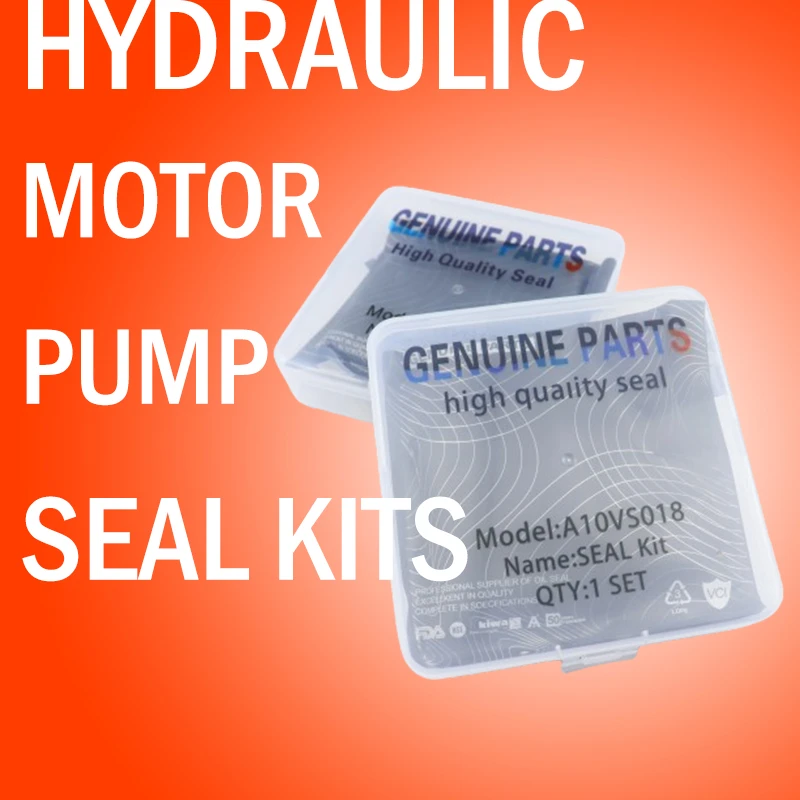Dec . 13, 2024 02:23 Back to list
oil seal kit
Understanding Oil Seal Kits A Comprehensive Guide
Oil seal kits are essential components in machinery and automotive applications, providing effective sealing solutions to prevent fluid leakage, contamination, and overall system inefficiency. These kits are specifically designed to ensure that lubricants stay within designated areas, maintaining optimal performance and extending the lifespan of the equipment.
What is an Oil Seal?
An oil seal, also known as a radial shaft seal, is a mechanical device used to contain lubricants within a housing and prevent the ingress of contaminants. Typically made from elastomeric materials like rubber, oil seals feature a flexible lip that makes contact with a rotating shaft. This design allows them to adapt to variations in shaft diameter and surface irregularities while providing a reliable seal.
Key Functions of Oil Seals
1. Leak Prevention The primary function of oil seals is to prevent leaks of lubricants, such as motor oil or hydraulic fluid. This is vital in machines where even small amounts of leakage could lead to significant operational issues.
2. Contamination Protection Oil seals also protect critical internal components from dirt, dust, and water ingress, which can adversely affect performance and lead to premature wear.
3. Pressure Retention In many applications, maintaining pressure is essential. Oil seals help retain pressure within hydraulic systems, ensuring that they function correctly.
4. Vibration Reduction Oil seals contribute to reducing noise and vibration in machines. A good seal helps to minimize the movement of fluids, which can translate into quieter operation.
Components of an Oil Seal Kit
An oil seal kit typically comprises several essential components
- Oil Seals The primary components that are custom-fabricated for specific applications, these seals come in various sizes and materials to meet diverse requirements.
- Gaskets Gaskets are included to provide additional sealing surfaces between two mating parts, helping prevent fluid leaks.
- O-Rings These are used to seal cylindrical shapes in static or dynamic applications, helping to complement the primary seal.
oil seal kit

- Installation Tools Some kits come with specific tools to facilitate the correct installation of seals and gaskets
.Choosing the Right Oil Seal Kit
Selecting the appropriate oil seal kit is crucial for ensuring effective sealing. Here are some factors to consider
1. Application Requirements Different applications may require specific types of seals based on operating temperature, fluid types, and pressure conditions.
2. Material Compatibility Make sure that the materials used in the seals are compatible with the fluids they will encounter. For instance, synthetic oils may require seals made from specific rubber compounds.
3. Size Specifications Measure the dimensions of the existing seals or consult your equipment's specifications to ensure an accurate fit.
4. Manufacturer Quality Opt for reputable manufacturers known for their quality products, as inferior seals can lead to frequent failures and increased maintenance costs.
Installation Tips
Proper installation of oil seal kits is crucial for their effectiveness. Here are some tips
- Clean the Area Before installation, ensure that the sealing surfaces are clean and free from debris. Contaminants can compromise the seal's integrity.
- Use Lubricant Apply a light layer of lubricant to the lip of the seal to prevent damage during installation and ensure smooth operation.
- Follow Manufacturer Instructions Always refer to the installation instructions provided with the kit to avoid misalignment and ensure proper seating.
Conclusion
Oil seal kits play a critical role in the efficiency and longevity of various machinery and automotive systems. By understanding their functions, components, selection criteria, and proper installation techniques, users can significantly enhance their equipment's performance. Investing in high-quality oil seal kits not only prevents issues related to leakage and contamination but also contributes to smoother operation and reduced maintenance costs in the long run.
-
The Trans-formative Journey of Wheel Hub Oil Seals
NewsJun.06,2025
-
Graphene-Enhanced Oil Seals: Revolutionizing High-Pressure Oil Sealing
NewsJun.06,2025
-
Future of Hydraulic Sealing: Advanced Intelligent TCN Oil Seals
NewsJun.06,2025
-
Don’t Let a Broken TCV Oil Seal Ruin Your Day
NewsJun.06,2025
-
Bio-Inspired Dust Seals for Better Sealing Performance
NewsJun.06,2025
-
Biodegradable and Sustainable Hydraulic Seal Materials
NewsJun.06,2025
-
Top Oil Seal Solutions for Your Industrial Needs
NewsMay.22,2025
Products categories
















